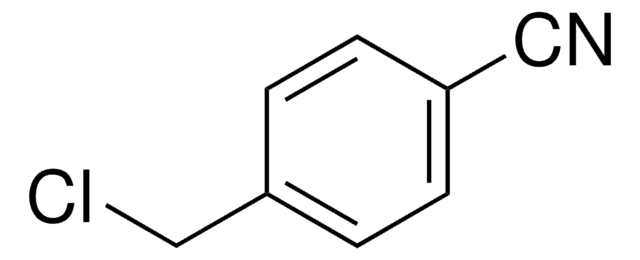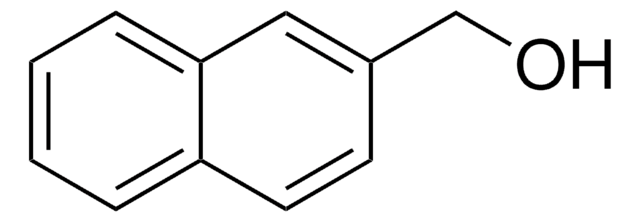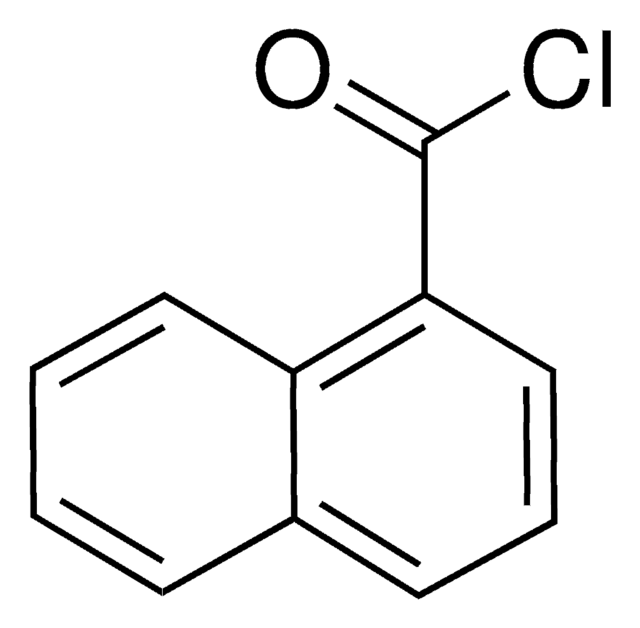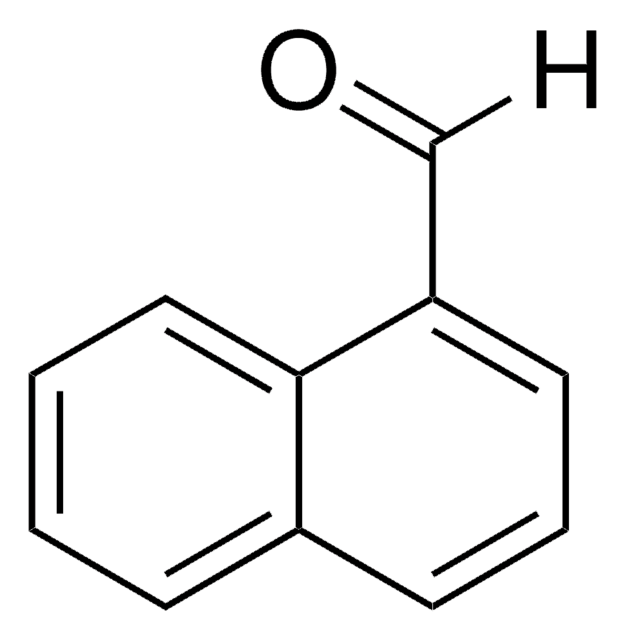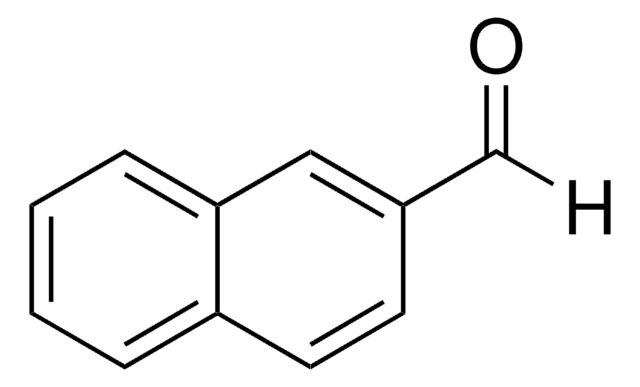726419
2-(Chloromethyl)naphthalene
≥97.0%
Synonyme(s) :
β-Naphthylmethyl chloride, 2-Menaphthyl chloride, 2-Naphthylmethyl chloride
About This Item
Produits recommandés
Pureté
≥97.0% (GC)
≥97.0%
97.0-103.0% (T)
Forme
crystals
Chaîne SMILES
ClCc1ccc2ccccc2c1
InChI
1S/C11H9Cl/c12-8-9-5-6-10-3-1-2-4-11(10)7-9/h1-7H,8H2
Clé InChI
MPCHQYWZAVTABQ-UHFFFAOYSA-N
Application
- Improving insulin sensitivity: Research highlights dihydroberberine′s capacity to enhance insulin sensitivity through AMPK activation, offering a promising therapeutic strategy for managing insulin resistance and type 2 diabetes (Lewis and Falk, 2022).
- Anti-inflammatory effects: A study conducted on the anti-inflammatory properties of dihydroberberine found significant reductions in inflammatory markers, suggesting its potential as an anti-inflammatory agent in metabolic syndrome (Dian et al., 2022).
- Enhancing bioavailability: Investigations into the oral bioavailability of dihydroberberine demonstrate improvements over its precursor berberine, highlighting its superior pharmacokinetic profile which could lead to more effective clinical applications (Murakami, Bodor, and Bodor, 2023).
- Glucose uptake mechanisms: Studies on dihydroberberine have shown its effectiveness in facilitating glucose uptake, an essential function for metabolic health, through its interaction with cellular transport mechanisms (Moon et al., 2021).
Mention d'avertissement
Danger
Mentions de danger
Conseils de prudence
Classification des risques
Skin Corr. 1B
Code de la classe de stockage
8A - Combustible corrosive hazardous materials
Classe de danger pour l'eau (WGK)
WGK 3
Point d'éclair (°F)
Not applicable
Point d'éclair (°C)
Not applicable
Certificats d'analyse (COA)
Recherchez un Certificats d'analyse (COA) en saisissant le numéro de lot du produit. Les numéros de lot figurent sur l'étiquette du produit après les mots "Lot" ou "Batch".
Déjà en possession de ce produit ?
Retrouvez la documentation relative aux produits que vous avez récemment achetés dans la Bibliothèque de documents.
Les clients ont également consulté
Notre équipe de scientifiques dispose d'une expérience dans tous les secteurs de la recherche, notamment en sciences de la vie, science des matériaux, synthèse chimique, chromatographie, analyse et dans de nombreux autres domaines..
Contacter notre Service technique




